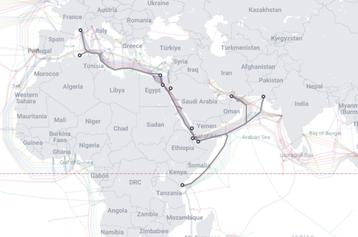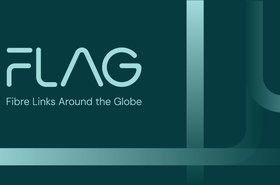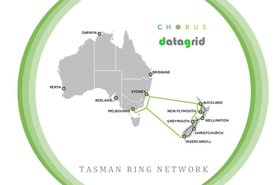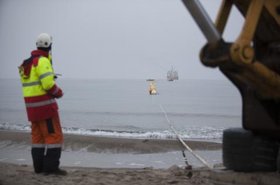Saudi telco Mobily has landed its Africa-1 subsea cable in Duba, Saudi Arabia.
Built and deployed by Alcatel Submarine Networks, the Africa-1 cable will connect East Africa, the Middle East, Asia, and Europe.
The cable spans more than 10,000km with eight fiber pairs and 11 landing points in Bejaia, Algeria; Djibouti City, Djibouti; Port Said and Ras Ghareb, Egypt; Marseille, France; Mombasa, Kenya; Karachi, Pakistan; Duba, Saudi Arabia; Berbera, Somalia; Kalba, UAE; and Al Hudaydah, Yemen.
The landing in Duba is the fourth landing, following landings in Mombasa, Karachi, and Ras Ghareb.
The cable will offer a capacity of 96Tbps across eight fiber pairs.
Whilst initially scheduled for completion at the end of last year, the cable is now set to be operational by early 2026.
Africa-1’s other investors include e& (Etisalat), Omantel, PTCL, TeleYemen, Telecom Egypt, and G42.
According to a blog post from industry expert Roderick Beck, the Africa-1 cable will provide much-needed capacity to East African countries, which have been suffering from severe subsea cable capacity shortages.
Beck said only SeaCom, 2Africa, and Eassy link together the key East African countries, with Eassy and SeaCom being almost completely maxed out.
Whilst 2Africa has a much larger capacity, it is not connected to Europe via the Red Sea due to recent Houthi hostilities. Although the Houthis have said the Red Sea is open for business, whether the Africa-1 consortium will extend its cable down to Djibouti, across from Yemen, and up to Oman remains to be seen.
Saudi telco Mobily was founded in 2004 and was formerly known as Etihad Etisalat. The company is majority-owned by e&, the company formerly known as Etisalat.
Currently, only the 2Africa and Saudi Vision cables land in Duba, with Google’s Raman cable set to join this year.







